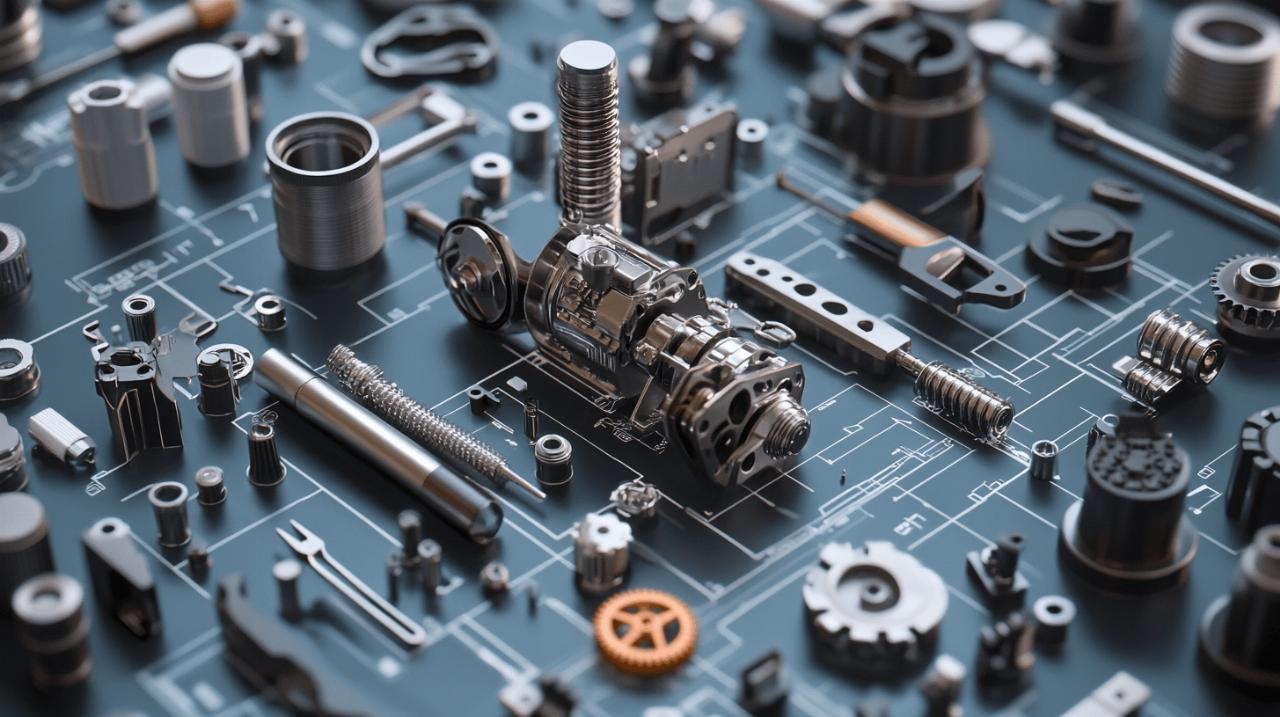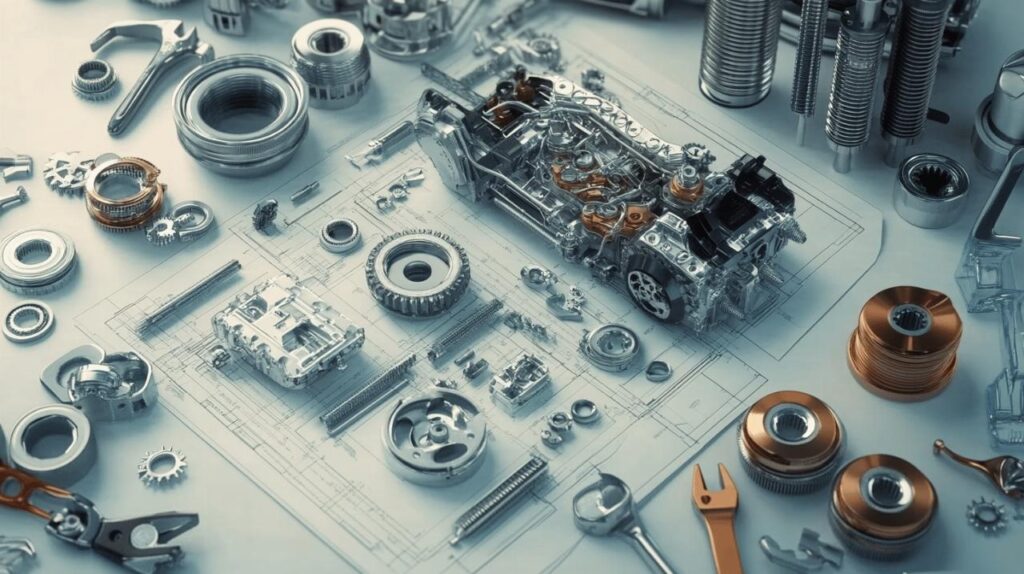Venturing into the world of auto parts can be overwhelming for beginners. Whether you’re a new car owner or simply looking to understand what goes into your vehicle, this guide will help demystify the complex landscape of automotive components. From identifying the correct parts to making cost-effective decisions, we’ll explore everything you need to navigate this specialized market with confidence.
The basics of auto parts identification
When it comes to maintaining your vehicle, identifying the correct parts is crucial. The auto-mobil industry has developed sophisticated systems to ensure accuracy in parts matching, preventing costly mistakes and ensuring optimal vehicle performance. Understanding these identification systems is your first step toward successful parts procurement.
Decoding vehicle identification numbers (vin)
Every vehicle has a unique VIN that serves as its fingerprint. This 17-character code contains vital information about your car’s manufacturer, model, production year, and specifications. When searching for compatible parts, providing your VIN to suppliers like Pramod Maruti Parts, which specializes in components for Maruti Suzuki and Hyundai vehicles, ensures you receive precisely what your vehicle needs. The VIN can typically be found on the driver’s side dashboard, door jamb, or in your vehicle registration documents.
German automotive standards are particularly stringent when it comes to parts compatibility. In Germany, where engineering precision is valued, the VIN serves as the foundation for parts cataloguing systems. This attention to detail has influenced global practices in the auto parts industry, establishing reliability benchmarks that benefit consumers worldwide.
Using parts catalogues and cross-reference tools
Modern parts catalogues have evolved from thick paper manuals to sophisticated digital databases. These resources allow you to search by make, model, year, and even specific trim levels to identify compatible components. Cross-reference tools are equally valuable, enabling you to match parts across different manufacturers and part numbering systems.
When using these tools, pay careful attention to engine specifications. Internal combustion engines, with their complex arrangement of cylinder blocks, pistons, combustion chambers, crankshafts, and camshafts, require precisely matched components. Even slight variations can affect performance or potentially damage your vehicle. Digital catalogues often include detailed diagrams of engine components, transmission systems, and electrical parts to help visualize where each component fits in your vehicle.
Genuine vs Aftermarket Parts: Making the Right Choice
 One of the most significant decisions when purchasing auto parts is choosing between Original Equipment Manufacturer (OEM) parts and aftermarket alternatives. This choice affects not only your wallet but also your vehicle’s performance, longevity, and warranty status.
One of the most significant decisions when purchasing auto parts is choosing between Original Equipment Manufacturer (OEM) parts and aftermarket alternatives. This choice affects not only your wallet but also your vehicle’s performance, longevity, and warranty status.
Quality and Price Considerations for Different Parts Types
OEM parts are identical to those installed in your vehicle during manufacturing. They come directly from the vehicle manufacturer or their authorized suppliers and often carry the vehicle brand name. These components offer perfect fitment and consistent quality, but typically at a premium price. For luxury German vehicles, maintaining authenticity with OEM parts can be particularly important for preserving value and performance integrity.
Aftermarket parts, produced by third-party manufacturers, offer more variety in terms of quality and price. While some aftermarket brands match or even exceed OEM specifications, others may fall short. Research becomes crucial when considering aftermarket options. Look for brands with established reputations and positive reviews from automotive professionals. The quality difference is particularly noticeable in critical systems like braking components, where performance directly impacts safety.
When to Splurge and When to Save on Replacement Components
Not all vehicle components demand the same level of investment. Critical safety systems such as braking systems, steering components, and major engine parts warrant spending on the highest quality available. The performance and reliability of these systems directly affect your safety and that of others on the road. OEM parts or premium aftermarket alternatives are generally worth the investment for these crucial components.
For non-critical items like certain interior trim pieces, windscreen wipers, or basic filters, more affordable aftermarket options often provide satisfactory performance at significant savings. Electrical components fall somewhere in between, with some items being vehicle-specific and others more universal. The cooling system, which prevents your engine from overheating, might also allow for some flexibility in parts selection, though quality should never be significantly compromised.
Understanding vehicle maintenance schedules also helps in planning parts purchases. Regular maintenance items that need frequent replacement might be areas where cost-effective aftermarket parts make sense, while components expected to last the lifetime of the vehicle might justify the premium for OEM quality. This balanced approach helps maintain your vehicle properly without unnecessary expense.

